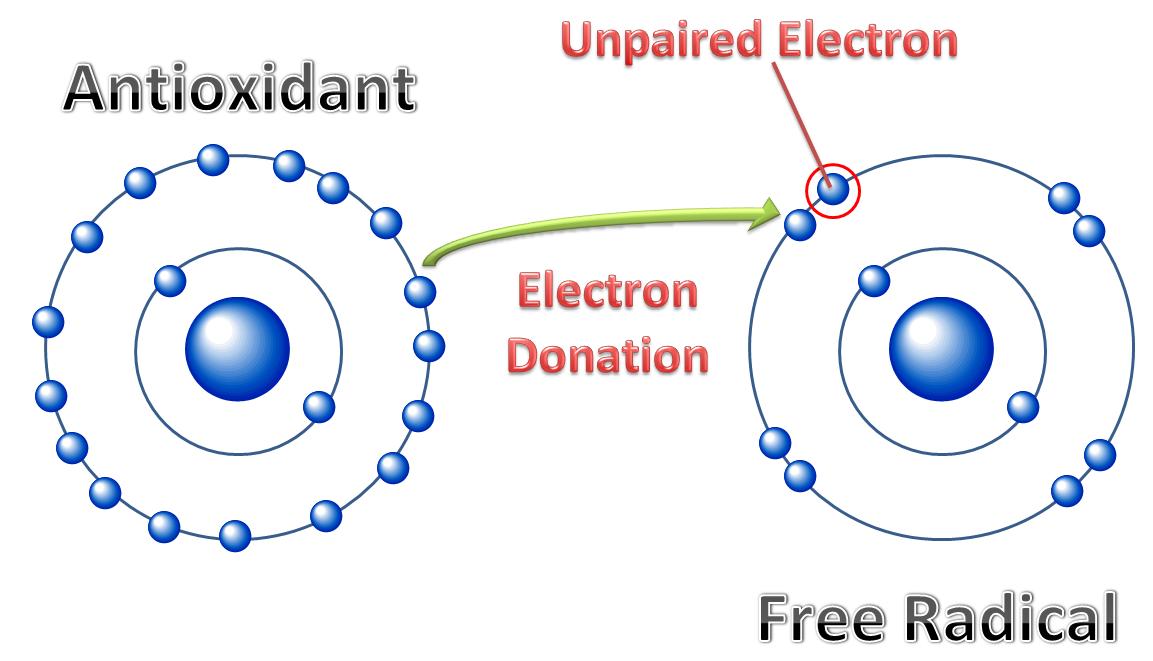
By Art Presser, PharmD - President, Huntington College of Health Sciences
Smart SupplementationTM is a free series of educational literature created by Huntington...
Alpha Lipoic Acid
By Gene Bruno, MS, MHS
 Smart SupplementationTM is a free series of educational literature created by Huntington College of Health Sciences (HCHS) as a public service. Although copyrighted, it may be freely photocopied and distributed, but may not be altered in any way. Smart SupplementationTM is not intended as medical advice. For diagnosis and treatment of any medical condition, consult your physician.
Smart SupplementationTM is a free series of educational literature created by Huntington College of Health Sciences (HCHS) as a public service. Although copyrighted, it may be freely photocopied and distributed, but may not be altered in any way. Smart SupplementationTM is not intended as medical advice. For diagnosis and treatment of any medical condition, consult your physician.
AIpha Lipoic Acid (ALA), also known as thioctic acid, has gained considerable attention as an antioxidant. ALA combats particularly nasty free radicals such as superoxide radicals, hydroxyl radicals, hypochlorous acid, peroxyl radicals, and singlet oxygen, thereby reducing oxidative stress. ALA is a small molecule, soluble in both water and fat. This allows it to work both inside the cell and at the membrane level, making ALA a particularly valuable antioxidant.
In general, antioxidants provide a preventive measure against the hazards of oxidative stress with their ability to neutralize, balance and sponge up free radicals by coupling with unpaired electrons. ALA is unique since it not only acts as antioxidant against free radicals, but it also helps in the regeneration process of expended antioxidants, returning them to their reduced, antioxidant-potent form. In other words, it helps to recycle other antioxidants. Consequently, ALA is a key ingredient in providing the maximum interaction among antioxidants, enhancing their cell protection abilities. It has the unique ability to enhance the power of vitamin E, C and Glutathione. This results in an antioxidant network which provides more complete cell protection from destructive free radicals.1
In addition to its antioxidant functions, ALA also has a metabolic role to play in the body: It facilitates the production of energy by aiding in the metabolism of glucose. This energy production is vital for athletes and active individuals to function at maximum efficiency, or peak levels. Since ALA has both antioxidant and metabolic functions, it is considered to be a metabolic antioxidant.
Perhaps the most significant body of research on ALA has been on its contribution to the treatment of diabetes. Following is a discussion of that research, as well as some of the other purposes for which ALA has been used.
In one study, seventy-four patients with type-2 diabetes were given either a placebo, or ALA. When compared to the placebo group, those receiving the ALA had significantly greater insulin-sensitivity and improvement in insulin- stimulated glucose disposal. The researchers logically concluded, “The results suggest that oral administration of alpha-lipoic acid can improve insulin sensitivity in patients with type- 2 diabetes.”2 Another benefit of ALA use in diabetics has to do with diabetic neuropathy. In one study on type 2 diabetics, ALA treatment was associated with “a favorable effect on neuropathic deficits without causing significant adverse reactions.”3 In another two-year study, ALA “appeared to have a beneficial effect on several attributes of nerve conduction” in a group of type 2 diabetic patients.4 Additional research on diabetics has shown that ALA has been able to improve other aspects of diabetic neuropathy,5 6 including improvements in neuropathy symptoms.7 8 9
Another important consideration is that oxidative stress caused by free radicals can exacerbate the diabetic condition. Research provides evidence that, in type 2 diabetics, treatment with ALA significantly improves antioxidant defense10—even in patients with poor blood sugar control and albuminuria (i.e., too many serum proteins in the urine).11
In his book, The Wrinkle Cure, Dr. Nicholas Perricone14 recommends ALA as part of a strategy for maintaining healthy skin and reducing the potential for wrinkles. ALA also has value as part of a complete program for facilitating the liver’s detoxification process. 15 In research, 150 mg of ALA per day for one month was shown to improve visual function in people with some types of glaucoma.16 Finally, in a preliminary trial17 three patients with cirrhosis of the liver and dilated veins in the esophagus (which can rupture and cause fatal bleeding) caused by hepatitis C received a combination of 300 mg ALA twice daily, 300 mg silimarin from milk thistle three times daily, and 200 mg selenium twice daily). After five to eight months, all three patients had significant improvements in their liver function and overall health (note: they also used other supportive supplements included vitamin C and B vitamins).
1 Packer, L., et al, Free Radic Biol Med 1995; 19(2): 227-50. 2 Jacob S, et al, Free Radic Biol Med 1999; 27(3-4):309-14. 3 Ziegler D, et al, Diabetes Care 1999; 22(8):1296-301. 4 Reljanovic M, et al, Free Radic Res 1999; 31(3):171-9. 5 Haak ES, et al, Microvasc Res 1999; 58(1):28-34. 6 Ziegler D, et al, Diabetes Care 1997; 20(3):369-73. 7 Strokov IA, et al, Zh Nevrol Psikhiatr Im S S Korsakova 1999; 99(6):18-22. 8 Ziegler D, et al, Diabetes 1997; 46 Suppl 2:S62-6. 9 Ziegler D, et al, Diabetologia 1995; 38(12):1425-33. 10 Roy S, et al, Biochem Pharmacol 1997; 53(3):393-9. 11 Borcea V, et al, Free Radic Biol Med 1999; 26(11- 12):1495-500. 12 Jacob S, et al, Arzneimittelforschung 1995; 45(8):872-4. 13 Konrad T, et al, Diabetes Care 1999; 22 (2):280-7. 14 Perricone, N. The Wrinkle Cure. Rodale; 2000. 15 Roundtree R. The Use of Phytochemicals in the Biotransformation and Elimination of Environmental Toxins. IN Medicines from the Earth 2003: Official Proceedings. Brevard, North Carolina: Gaia Herbal Research Institute; 2003:115-128. 16 Filina AA, Davydova NG, Endrikhovskii SN, et al. Lipoic acid as a means of metabolic therapy of open-angle glaucoma. Vestn Oftalmol 1995;111:6–8. 17 Berkson BM. A conservative triple antioxidant approach to the treatment of hepatitis C. Combination of Alpha lipoic acid (thioctic acid), silymarin, and selenium: three case histories. Med Klin 1999; 94 Suppl 3:84–9

By Art Presser, PharmD - President, Huntington College of Health Sciences
Smart SupplementationTM is a free series of educational literature created by Huntington...

By Gene Bruno, MS, MHS – Dean of Academics, Huntington College of Health Sciences
Free radicals are extremely unstable substances which, in the presence of oxygen, will...